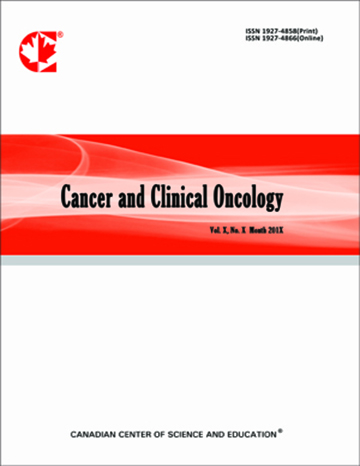Normal Human Cells Acquiring Proliferative Advantage to Hyperplasia-Like Growth-Morphology: Aberrant Progeny Cells Associated With Endopolyploid and Haploid Divisions
- Kirsten Walen
Abstract
Today, cancer-patients can seek individual genomic tailored therapy, but at escalating costs. However, cancer-incidence reduction would reduce such health-cost. The essence of this report is a cell-culture experimental approach for the production of genetically unstable cells from normal cells which with accumulation of “mutations” might reveal early, neoplastic-like pathology. Summarily the experimental focus was on: 1) establishment of a simple nutritional method (amino acid deprivation) for young-cell-response with depoly-ploidization of endopolyploid cells to diploid CIN-cells, 2) a first time observation of a fast growing new, small cell-type, appearing time-correlated with haploid segregations in normal, fibroblast metaphases and 3) growth characteristics of the progeny cells in 1) and 2) which from their young-cell derivation, could be growth-extended in cultural passages. This would hypothetically model early tumorigenic progression from normal cells. These studies revealed gain of proliferative advantage (GPA), multilayered, changed patterns of growth, focal 3-D cell-heaps with cell polarity change, and star-like mitotic forms. Comparatively, these developments were typical of hyperplasias. The transiency of the originating genome reductive mechanisms may have prevented earlier detections. It is discussed that present growth-changes were responses to homozygous-caused loss of heterozygosity (LOH) of putative pro-proliferation genetics, whereas leukemic and some solid tumor cells showed hemizygous-caused LOH in near-haploid clonal proliferations. The practical outcome is an experimentally simple, nutrition-based model system for SNP-based haplo-karyotyping of the two aberrant cell-types with GPA, which is a cancer, fundamental trait. Never before have cellular mechanism been shown to initiate in normal, human cells, neoplastic-like proliferative responses.
- Full Text:
 PDF
PDF
- DOI:10.5539/cco.v2n2p19
Journal Metrics
Google-based Impact Factor (2018): 3.94
h-index (August 2018): 8
i10-index (August 2018): 6
h5-index (August 2018): N/A
h5-median(August 2018): N/A
(The data was calculated based on Google Scholar Citations. Click Here to Learn More. )
Index
Contact
- Lexie GreyEditorial Assistant
- cco@ccsenet.org
